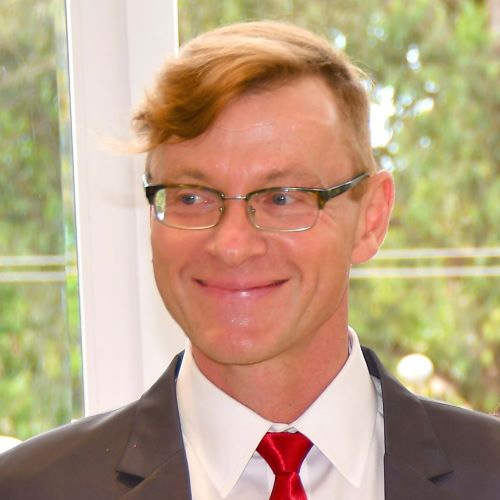
Yaroslav Komarovski teaches and conducts research on Asian religions, in particular Tibetan Buddhism. His research focuses on Madhyamaka and Yogācāra interpretations of the nature of reality and related epistemological, philosophical, and contemplative issues. In particular, he focuses on writings of a seminal Tibetan Buddhist thinker Shakya Chokden (1428–1507) who articulated a startlingly new reconsideration of the core areas of Buddhist thought and practice, such as epistemology, ethics, tantric rituals, and the relationship between philosophy and contemplation.
Books
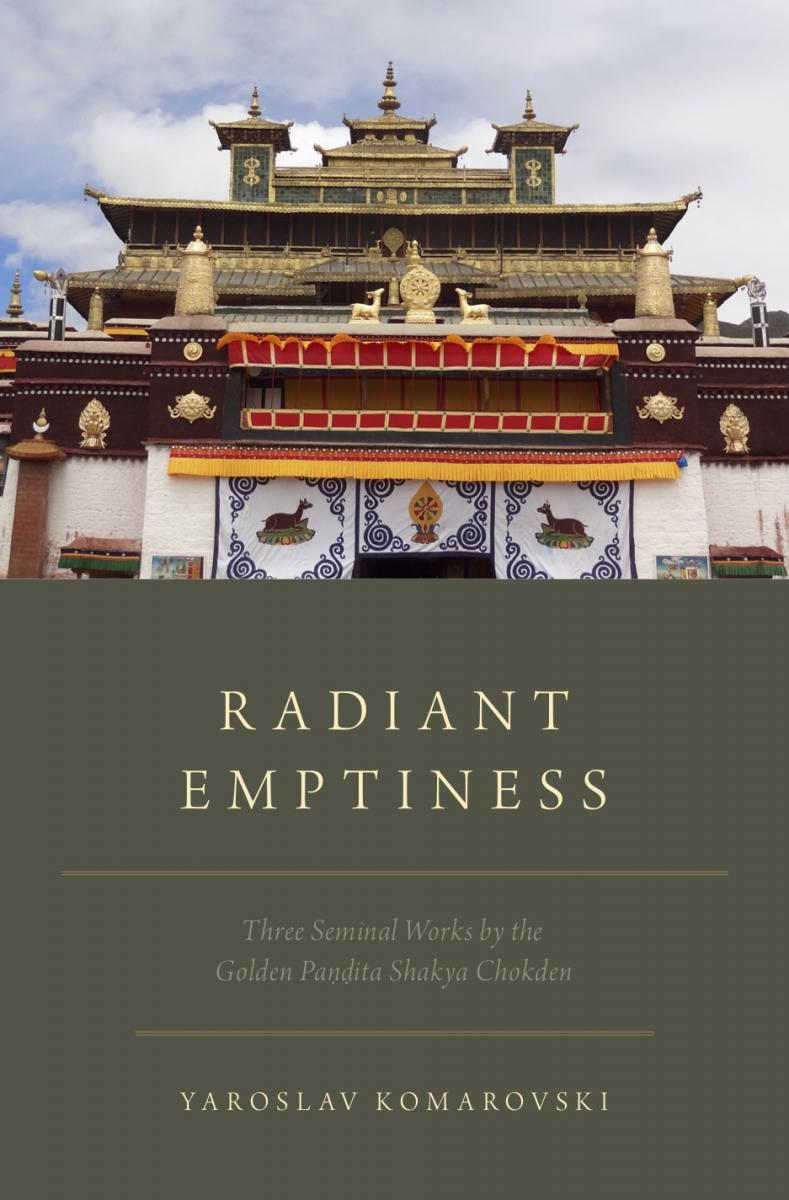
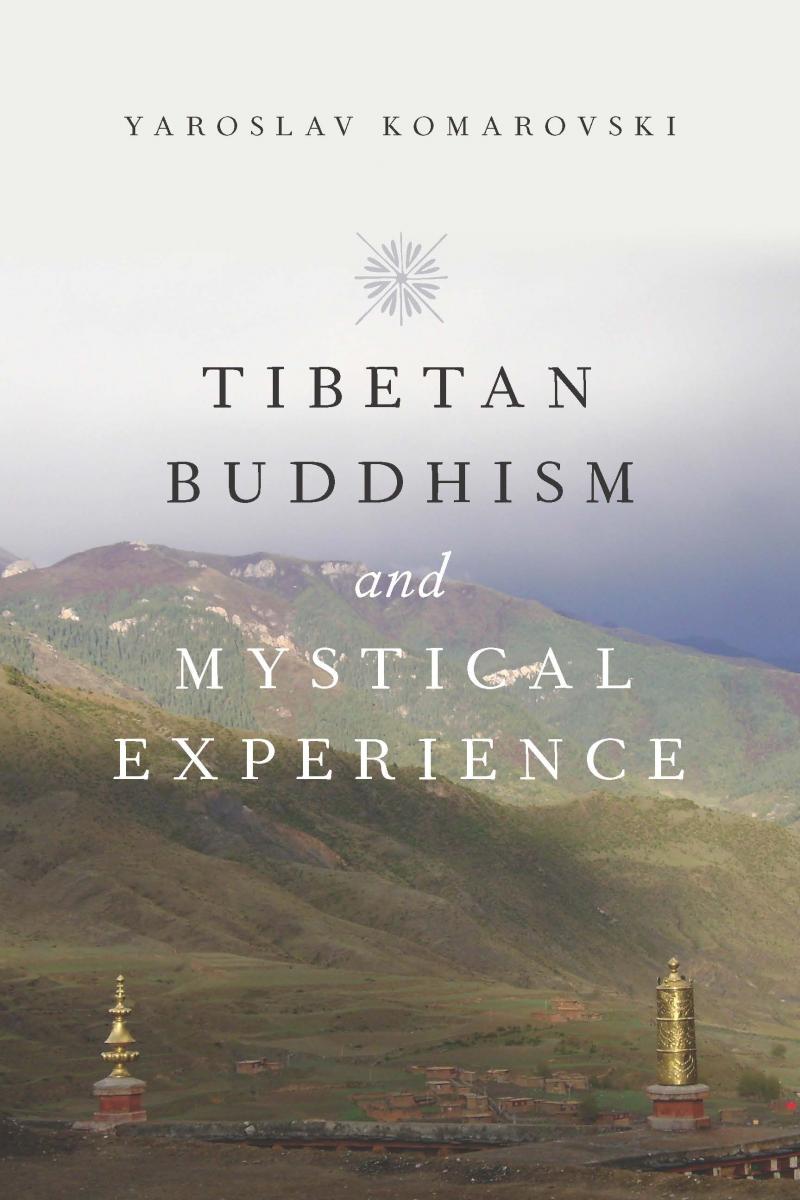
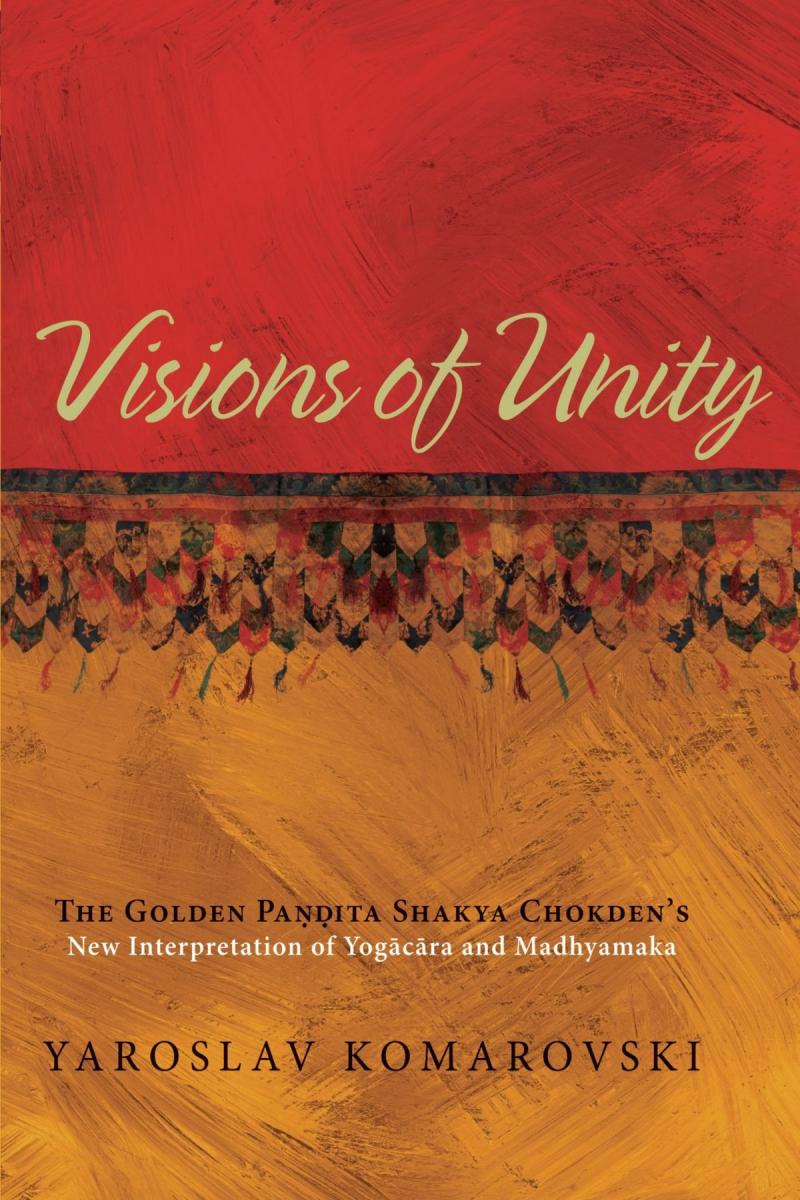
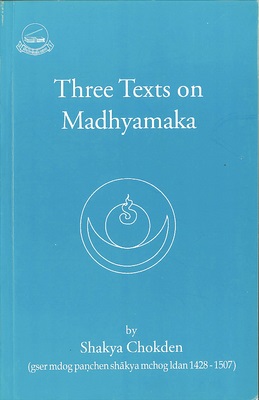
Radiant Emptiness: Three Seminal Works by the Golden Paṇḍita Shakya Chokden. Oxford: Oxford University Press, 2020.
Tibetan Buddhism and Mystical Experience. Oxford: Oxford University Press, 2015.
Visions of Unity: The Golden Paṇḍita Shakya Chokden’s New Interpretation of Yogācāra and Madhyamaka. Albany, New York: State University of New York Press, 2011.
Three Texts on Madhyamaka by Shakya Chokden. Dharamsala, India: Library of Tibetan Works and Archives, 2000.
Journal Articles and Book Chapters
"Where 'Philosophy' and 'Literature' Converge: Exploring Tibetan Buddhist Writings about Reality." In Buddhist Literature as Philosophy, Buddhist Philosophy as Literature, ed. Rafal Stepien. Albany, New York: State University of New York Press, 2020.
"'There are no Dharmas Apart from the Dharma-Sphere': Shakya Chokden's Interpretation of the Dharma-Sphere." In The Other Emptiness: Rethinking the Zhentong Buddhist Discourse in Tibet, ed. Mathes, Klaus-Dieter and Michael R. Sheehy, 171-196. Albany, New York: State University of New York Press, 2019.
“Śākya Chokden.” In The Treasury of Lives: A Biographical Encyclopedia of Tibet, Inner Asia, and the Himalaya, 2017. https://treasuryoflives.org/
“‘If Apprehending Occurs, It is not the View’: Sakya Thinkers on the Madhyamaka View of Freedom from Proliferations.” Critical Review for Buddhist Studies, vol. 20 (2016): 139-170.
“From the Three Natures to the Two Natures: On a Fluid Approach to the Two Versions of Other-Emptiness from 15th Century Tibet.” Journal of Buddhist Philosophy, vol. 2 (2016): 78-113.
“Shakya Chokden’s History of Madhyamaka Thought in Tibet.” In Sources of Tibetan Tradition, ed. Schaeffer, Kurtis R., Matthew T. Kapstein, and Gray Tuttle, 373-380. New York: Columbia University Press, 2013. (Revised part of Three Texts on Madhyamaka by Shakya Chokden.)
“Buddhist Contributions to the Question of (Un)mediated Mystical Experience.” Sophia, vol. 51, no. 1 (2012): 87-115.
“Shakya Chokden’s Interpretation of the Ratnagotravibhāga: ‘Contemplative’ or ‘Dialectical’?” Journal of Indian Philosophy, vol. 38, no. 4 (2010): 441-452.
“Review of Kenneth Liberman, Dialectical Practice in Tibetan Philosophical Culture: An Ethnomethodo-logical Inquiry into Formal Reasoning.” Sophia, vol. 48, no. 4 (2009): 513-515.
“Encountering Ineffability—Counting Ineffability: On Divergent Verbalizations of the Ineffable in 15th Century Tibet.” Acta Tibetica et Buddhica, vol. 1 (2008): 1-15.
“Reburying the Treasure—Maintaining the Continuity: Two Texts by Śākya Mchog Ldan on the Buddha-Essence.” Journal of Indian Philosophy, vol. 34, no. 6 (2006): 521-570.
Book Projects in Progress
Contesting the Ultimate Virtue: Tibetan Buddhist Inquiry into the Virtuous Dimension of Ultimate Reality focuses on polemics regarding ultimate reality as a virtue. Tapping into the intersection of the Buddhist ethics and ontology, it appraises how conflicting understandings of the ultimate reality by Tibetan thinkers affect their diverse approaches to virtue, and vice versa.
Meditation in the Buddhist World explores the relationship between Buddhist contemplative practices and Buddhist models of reality, mind, body, and path. It looks into how those models— that is, clusters of interrelated ideas or conceptual frameworks—are both built into and used for interpreting different forms of meditation in Buddhist traditions of South, East, and Southeast Asia.
Courses Taught
RELG 108 World Religions
RELG 118 Hinduism, Buddhism, and Daoism
RELG/HIST 180 Culture, Religion, and Society in Asia
RELG 201 Yoga, Tantra, Zen
RELG/HIST 218 History of Buddhism
RELG 230 Tibetan Buddhism
RELG 335 Buddhist Scriptures
RELG 345 Buddhist Meditation
RELG 351 Death, Immortality, and Transcendence in Asian Religions
RELG 355 Buddhist Thought